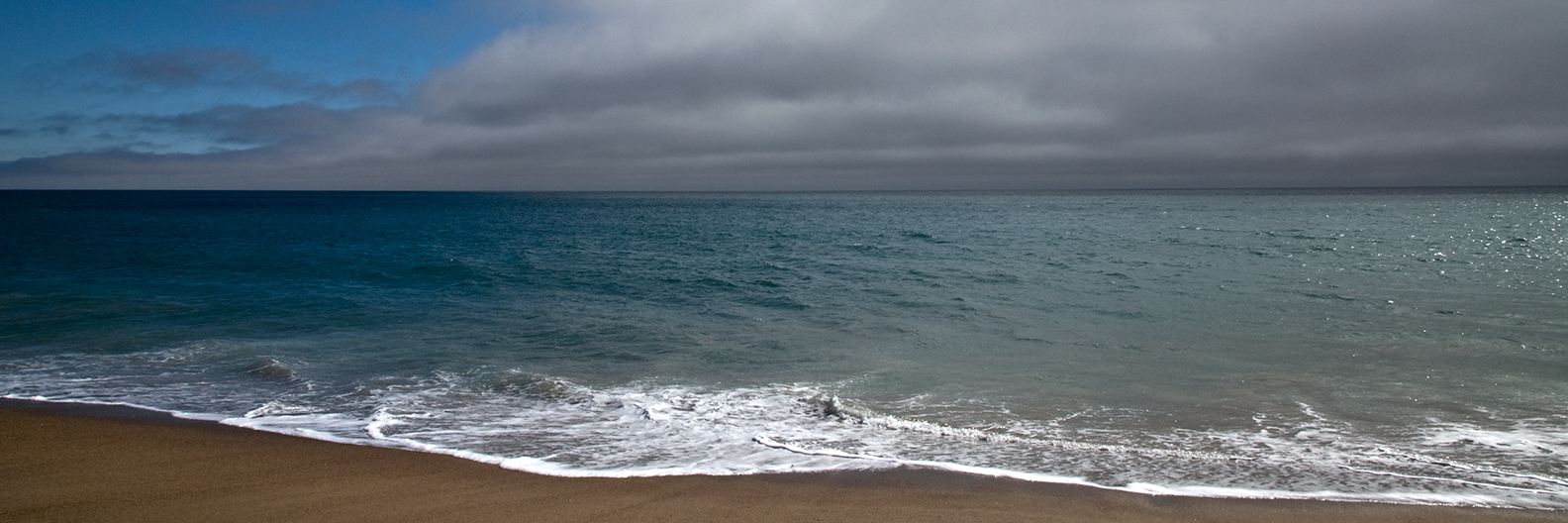 |
| Manzanita Branch - Sierra Nevada 2005 |
Manzanita branch,
Placed just so:
Early morning light.
(From Rocks and Peaks, Rivers and Streams by Robert Sanders)
In February, 2005 I upgraded my digital camera to an Olympus C-8080 "prosumer" camera, partly on the basis of a "Highly Recommended" review at the digital photography web site,
dpreview. And so it was that in July of that year I found myself camping in Devils Postpile National Monument, hiking the Shadow Lake trail with the C-8080 slung around my neck. It was very early in the morning with a typical mountain chill still in the air. Alas, as soon as I got out of the car I was attacked by mosquitoes, impelling a quick slathering-on of repellant. (Of course, those were the last mosquitoes I saw that day.)
Not long into the hike I noticed, over to the right, a ready-made composition: a gnarled manzanita branch resting on some reddish (volcanic?) rock, still in shade, but sunlight quickly approaching. I took two photos, one wide and one close, and continued on my way.
The one close shot of the manzanita branch was a keeper! (Unfortunately, I don’t know exactly what the "keeper criteria" are.) I printed an 8x10 print using a Hewlett-Packard photosmart printer, dry-mounted and framed it, and hung it up in the bathroom.
Here’s the thing: it didn’t take very long for me to realize that what I had on the wall was very different from what I was accustomed to in photography. The mind experiment I conducted was as follows: if I could take the Manzanita Branch print off the wall, wrap it up and mail it back in time to myself in, say, 1995, what would my 1995 self think of the print? Clearly, I would have thought that the photograph had been taken with—at least—a medium-format camera, maybe a twin-lens reflex or a Mamiya RB67. Maybe even a 4x5. And, the reason I would have thought "medium format" would have been the absolute lack of grain in the photograph. What a revelation: medium-format quality from a light-weight, around-the-neck camera!
Since then, I’ve become aware of some limitations. Print sizes from the C-8080’s JPG files can’t go much over 11x14 and sky areas are prone to noise and artifacts. But I still think that this photo is extremely cool.
[UPDATE: Since this post I've of course
printed C-8080 photos larger than 11x14 . . . certainly up to 16x20.]







+jpg.jpg)









